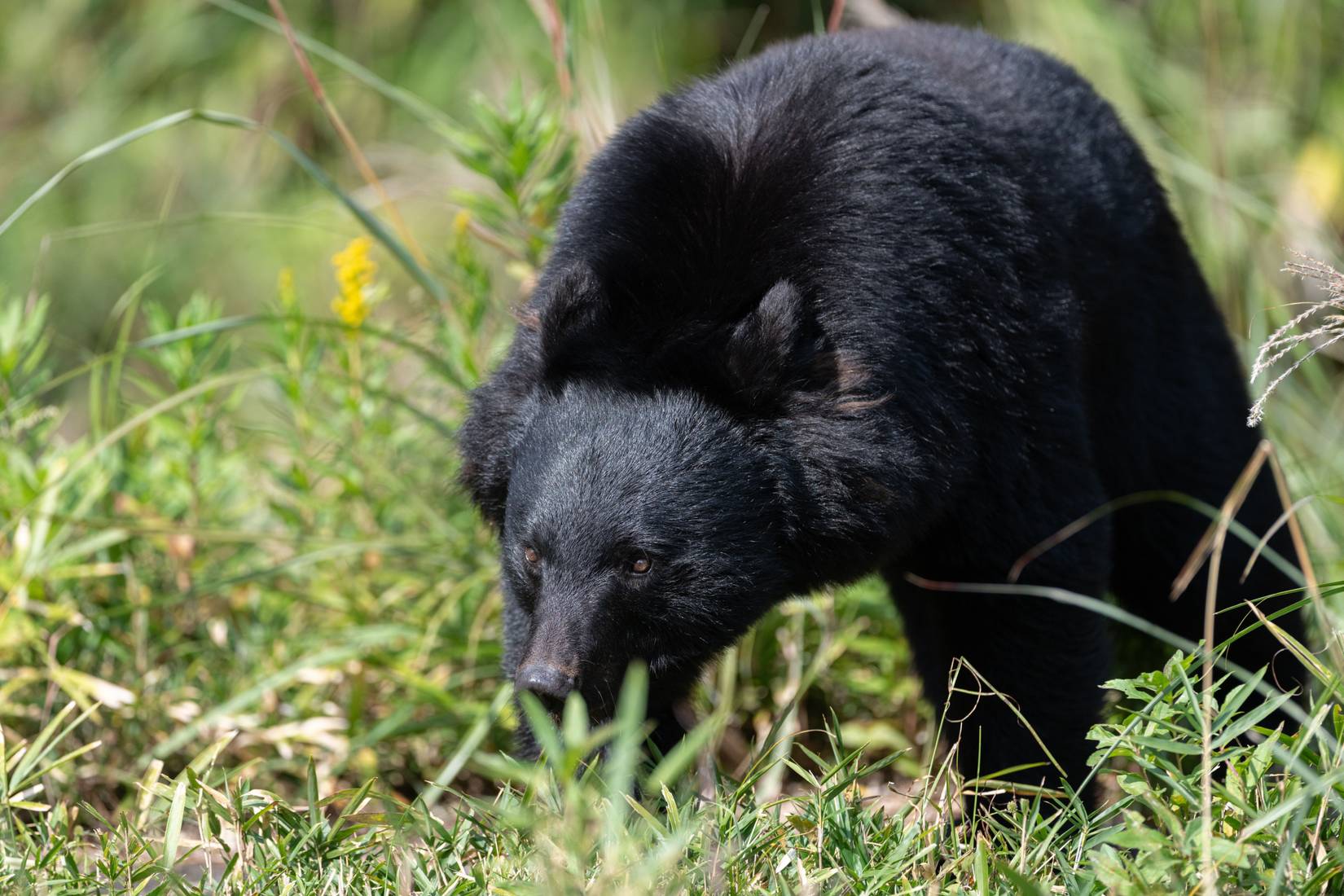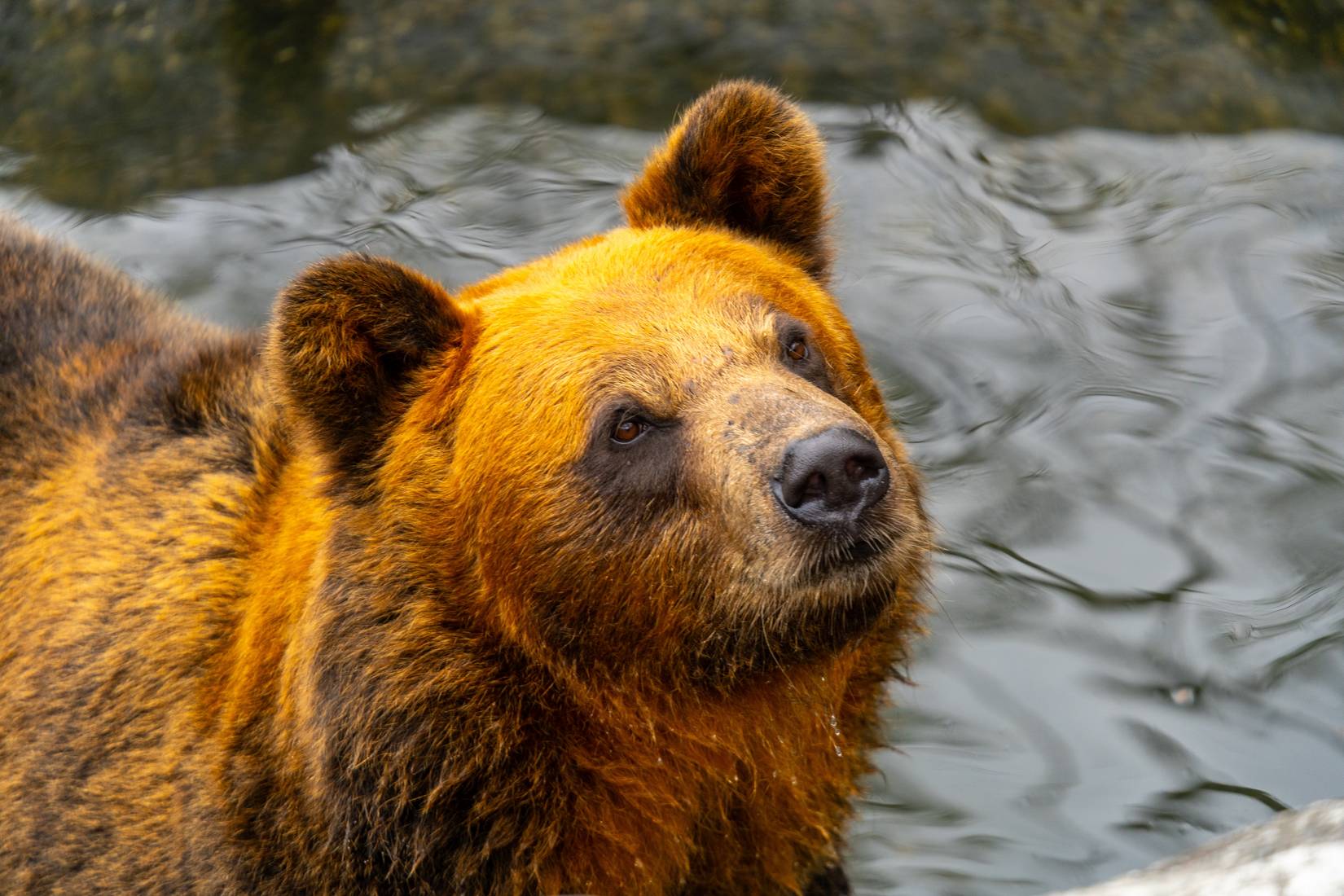After updating its advisory for Mexico with a new ‘avoid non-essential travel warning,’ the government of Canada has now issued a travel alert for one of the safest countries in the world: Japan.
According to the updated advisory, travelers heading to northern Japan should be aware of a potentially fatal threat. Bears have lately been spotted in several areas of the country, sometimes resulting in fatalities. The U.S. Embassy in Japan also released a travel alert on November 12, urging people to be vigilant.
Here’s what travelers can expect in Japan regarding this new warning, how they can stay safe, and where Japan’s bears are typically found.
Canada Issues Travel Alert For Japan As Fatal Bear Attacks Increase
On November 15, the Canadian government updated its travel advisory for Japan, adding a section about bear attacks, which have become increasingly more common in the northern part of the country. According to the advisory, there are three prefectures where travelers should be extra alert.
Japanese Prefectures With An Increased Bear Presence
Hokkaido
Niigata
Akita
The advisory states that bears have been sighted in urban areas, including resorts and hiking trails, and that these encounters have resulted in fatalities in some cases.
Japan Is Experiencing A Surge In Bear Attacks
At least 13 people have lost their lives in bear attacks in Japan since April, and over 100 individuals were injured, according to an October report by the country’s Ministry of Environment. This was the highest death toll since 2006.
Japanese troops have also been deployed to areas where bears have been spotted to set and inspect traps, while trained hunters conduct culling operations. Experts believe that the spike in the bear population is due to a poor acorn harvest, which has led the animals closer to human settlements in search of food.
There are two main types of bears in Japan: the brown bear and the Asiatic black bear. The former are more dangerous and can weigh up to 1,000 pounds. They primarily reside in the Hokkaido region, situated in the northern part of the country.
Asiatic black bears, on the other hand, are smaller, weigh around 176 to 400 pounds, and are found on the mainland. Despite their smaller size, they can still cause severe injuries to humans. In general, Asiatic black bear attacks are more frequent, whereas brown bear attacks are more likely to be fatal.

Asiatic black bearCredit: Shutterstock
Everyone heading to the prefectures of Akita, Niigata, and Hokkaido is urged to be extra careful and take all necessary precautionary measures to prevent dangerous encounters with the bears living in these areas.
While this doesn’t mean tourists shouldn’t visit these destinations, taking precautions is necessary; the Canadian government, as well as the Hokkaido government, shared some tips for those planning a trip there and people already in the area.
Traveler Tips For Avoiding Bear Encounters In Japan

Photo of bears at Noboribetsu Bear Ranch, Hokkaido, JapanCredit: Shutterstock
The Canadian government advises travelers to follow three main rules. People are urged to be aware of their surroundings, avoid walking alone in areas where bears have been spotted, and follow the warnings and alerts issued by local authorities.
The Hokkaido government also advises visitors and locals to be particularly vigilant in the mountains and fields, where most bear attacks in Japan occur. Additionally, travelers are asked to bring noise-making items, such as a small bell. This is because, in most cases, bears will run away when they hear humans approaching. Clapping your hands or whistling can be a good alternative.
The Hokkaido government’s official page states:
“Talking with other people is an easy way to alert brown bears of your presence. Stay close to others when hiking in the mountains. (…) Be especially careful in the early morning and evening when brown bears are most active. You also need to be careful during times of heavy fog or rain, as they make it more difficult for bears to notice people.”
Food with strong smells can also attract brown bears, so it is essential to ensure that these items are disposed of properly.
Lastly, before heading outside, people are advised to check the brown bear situation in the area with the local authorities and avoid places where these animals have been spotted in the past.


AloJapan.com